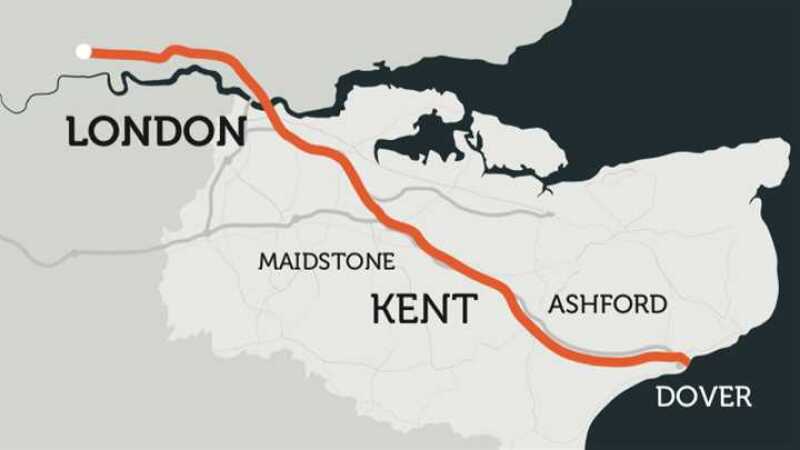HS1 is a 67-mile high-speed railway link, which connects St Pancras International station in London to the UK Channel Tunnel in Kent. The trackside rail deployment will bring essential ultra-fast broadband within easy reach of Kent local authorities and business communities at no cost to the taxpayer.
The pioneering project will see Nextgenaccess, a rapidly expanding UK wholesale provider of full fibre broadband infrastructure, utilising its innovative technology and specialist expertise in trackside rail fibre.
“We are delighted to have been granted this exclusive concession by HS1 which is a clear validation of our fibre solutions technology and flexible approach to enabling fast, affordable ultra-fast broadband,” said Mark Weller, managing director of Nextgenaccess (pictured).
“We are committed to quickly and cost-effectively bringing the high value, low latency benefits of full fibre within the reach of local authorities and thousands of underserved businesses in strategic areas of the country - via rail, road and where necessary other viable infrastructure including canals and utilities.”
The high capacity 432 Fibre System is being deployed between Stratford and the Eurotunnel in Folkestone. It connects to the international fibre systems to mainland Europe in Folkestone, providing the shortest fibre route to the Eurotunnel and subsea cable crossings in Kent.

Dyan Crowther, CEO of HS1 Ltd, which has the 30-year concession to own and operate HS1 as well as the stations along the route, added: “We are committed to delivering greater economic benefits to the people of Kent. Through our infrastructure, we are already providing the fastest trains in the country and are now also enabling Nextgenaccess to provide some of the fastest broadband speeds to Kent. This is an innovative collaboration that will save hundreds of thousands of hours of road disruption that would otherwise be caused by installing this fibre on Kent’s roads.”
Tapping into the potential offered by strategic trackside rail routes such as the High Speed 1 corridor enables Nextgenaccess to offer diversity from traditional public telecoms infrastructure. This provides significant additional fibre capacity opportunities for local authorities, network operators and service providers, enabling them “to quickly and cost-effectively address the broadband availability and ultra-fast performance demands of neighbouring communities and businesses”.
In addition, the company will support the increased network capacity challenges and requirements of mobile operators as 5G-based services are rolled out.
Nextgenaccess specialises in high speed connectivity and bespoke fibre and is licensed to use Openreach infrastructure, under DPA/PIA, to deploy fibre networks. The company can also make use of Access To Infrastructure (ATI) legislation which gives access to other infrastructure including canal ducts or utility infrastructure. Where existing infrastructure is insufficient, its Code Powers licence allows Nextgenaccess to carry out civils.
With over 100 PoPs across the UK, including Telehouse London and BT Tower, along with over 80 exchange/street cabinets, Nextgenaccess is a privately-owned company. It has already secured a £22 million investment from the National Digital Infrastructure Fund (NDIF) to develop its UK fibre network. NDIF is a commercial fund established in 2017 by Amber Infrastructure Group, which itself has over £8 billion of assets under management with interests in digital and other public infrastructure, sustainable energy and real estate.





